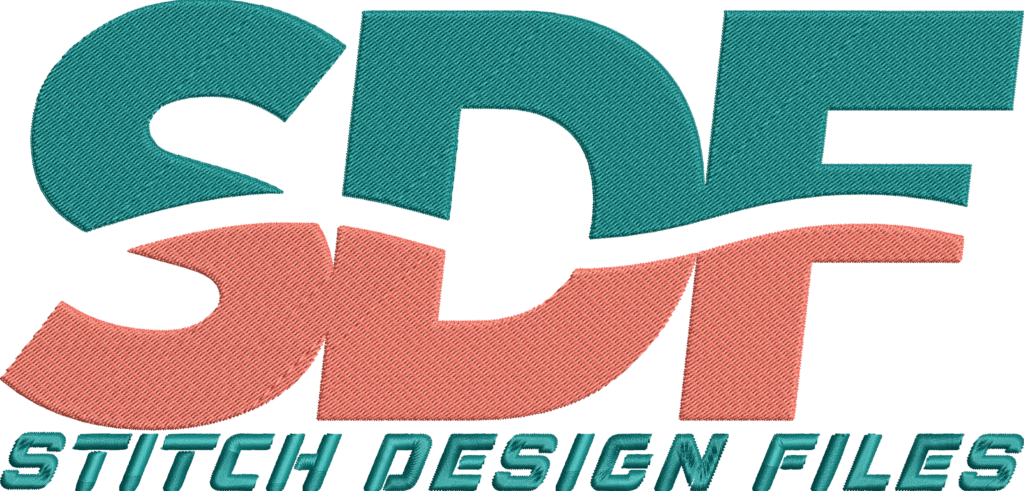No products in the cart.
Embroidery Tips & Guides
How to Use Embroidery Designs for Reading Pillows
How to Use Embroidery Designs for Reading Pillows
- Embroidery designs for reading pillows personalize and enhance cozy reading accessories with practical pockets and decorative motifs.
- Selecting suitable fabrics, stabilizers, and embroidery files is essential for clean stitches and durability on pillow surfaces.
- Machine embroidery pillow tutorial steps include hooping fabric securely, stitching themed designs, and assembling pillows with pockets and handles.
- Reading pillow embroidery files commonly feature inspirational quotes, book-related motifs, and charming characters to encourage reading habits.
- These customized textiles serve as thoughtful gifts or retail products that combine function and creativity for crafters and small business entrepreneurs.
Using embroidery designs for reading pillows offers an innovative way to combine artistic expression with functional home accessories. Personalized reading pillows, adorned with carefully chosen embroidery, can elevate comfort and style in reading spaces. This topic is important for machine embroidery enthusiasts, Cricut and Brother machine users, and small business owners looking to diversify their product offerings or create meaningful gifts.
Introduction to Embroidery on Reading Pillows
This subject benefits individuals interested in customizing textile products with embroidery, especially those who want to marry aesthetics with practicality. Reading pillows are popular for promoting comfort during reading sessions by providing back support and pockets for books and accessories. Embroidering designs on these pillows not only adds a decorative touch but also turns them into unique items personalized for recipients or customers. Understanding how to select appropriate embroidery designs, prepare the fabric, embroider efficiently, and sew functional reading pillows is crucial knowledge for hobbyists and small business crafters aiming to produce high-quality embroidered reading pillows.
Definitions and Explanations
Embroidery designs for reading pillows refer to digital patterns formatted for machine embroidery, intended specifically to decorate pillows designed for reading comfort. These often include motifs such as inspirational quotes related to reading, book images, animals, and whimsical characters that align with the theme of reading and relaxation.
Machine embroidery pillow tutorial resources provide step-by-step guidance on preparing fabrics, selecting stabilizers, hooping materials, stitching embroidery designs, and finishing pillows that typically feature a pocket and handle for functional use.
Reading pillow embroidery files are embroidery file formats—such as PES, JEF, DST, HUS, and XXX—that contain the stitch data to create the desired designs. These files are compatible with a variety of popular embroidery machines and facilitate precise and repeatable stitching.
PES embroidery design usage specifically highlights the use of PES (a common embroidery file format) files in stitching onto fabric surfaces for projects including reading pillows. PES files support detailed and colorful designs suitable for textile application.
Practical Use Cases in Machine Embroidery
Creating reading pillows using machine embroidery involves several practical steps:
- Design Selection: Choose embroidery designs that complement the reading pillow’s purpose. Options include motivational reading quotes, books, animals holding books, or whimsical characters. Sites like Designs by JuJu provide specialized reading pillow themed embroidery designs that simplify this process.
- Fabric and Stabilizer Preparation: Use stable woven fabrics like cotton, which provide a smooth base for embroidery. Applying an interfacing such as Pellon to the fabric enhances stability. Employ a medium-weight tearaway stabilizer to prevent fabric distortion during stitching.
- Hooping and Stitching: Hoop the fabric tightly with the stabilizer, ensuring no slack to maintain stitch quality. Upload the chosen embroidery file compatible with the machine – for instance, a PES embroidery design usage involves loading the PES file into the Brother or Cricut-compatible embroidery machine. Embroider the design following the machine’s instructions and design-specific settings.
- Constructing the Pillow: After embroidery completion, sew the pillow pieces together. Common reading pillow dimensions are 16″, 18″, or 20″ squares. Include an envelope-style back for easy washing. The design can serve as a central feature or be placed on a pocket integrated into the pillow. Add a large front pocket for book storage and a handle to enhance portability.
This approach produces pillows that merge decorative embroidery with practical features. The embroidered panel adds visual appeal, while the pocket and handle serve daily functional needs for readers of all ages.
Benefits for Embroidery Enthusiasts and Small Businesses
For machine embroidery hobbyists, creating reading pillows introduces an exciting project that combines stitching skill with sewing techniques. It offers opportunities for creativity through customization—adding names, messages, or themed artwork—and results in a tangible, usable product that encourages reading.
Small business crafters benefit from this niche by offering unique, handcrafted reading pillows to customers seeking personalized or meaningful gifts. These embroidered pillows stand out in marketplaces due to the combination of customization, utility, and comfort. Additionally, using versatile file formats such as PES, JEF, and DST allows for broad machine compatibility, making production scalable and efficient.
Introducing embroidery designs such as the Yellowstone Embroidery Design can add thematic interest and appeal for customers who appreciate Western or nature motifs, expanding the pillow’s attractiveness beyond reading themes.
Limitations and Challenges
There are some challenges inherent in using embroidery designs for reading pillows. Ensuring fabric stability is critical; improper fabric choice or inadequate stabilizing can cause puckering or thread breaks, resulting in suboptimal embroidery quality. Accurate hooping and machine calibration are essential to avoid design distortion.
Another consideration is the size of the embroidery design in relation to the pillow size. Overly large, dense designs may affect pillow flexibility or cause stitching issues, while small or overly intricate designs might lose visibility on larger pillows.
Finally, some beginners might find the process of combining fabric preparation, machine embroidery, and sewing challenging without tutorials. Using resources such as reading pillow machine embroidery tutorials and free sewing patterns can help overcome these obstacles.
Summary and Call to Action
In summary, utilizing embroidery designs for reading pillows combines artistry and utility to create personalized, comfortable reading accessories. Key steps include selecting thematic embroidery files, preparing the fabric and stabilizers carefully, precise hooping, executing quality machine embroidery—often in PES embroidery design usage format—and assembling pillows with functional components like pockets and handles.
These pillows offer both aesthetic appeal and practical use, making them ideal projects for embroidery enthusiasts and profitable products for small business crafters seeking to expand their handcrafted collections. Following well-structured machine embroidery pillow tutorials supports high-quality results that appeal to customers or gift recipients.
Explore the extensive collection of embroidery designs at StitchDesignFiles.com to find perfect motifs for reading pillows, including themed and customizable options. This resource supports creating memorable, handcrafted items that blend personal flair with functional design.

